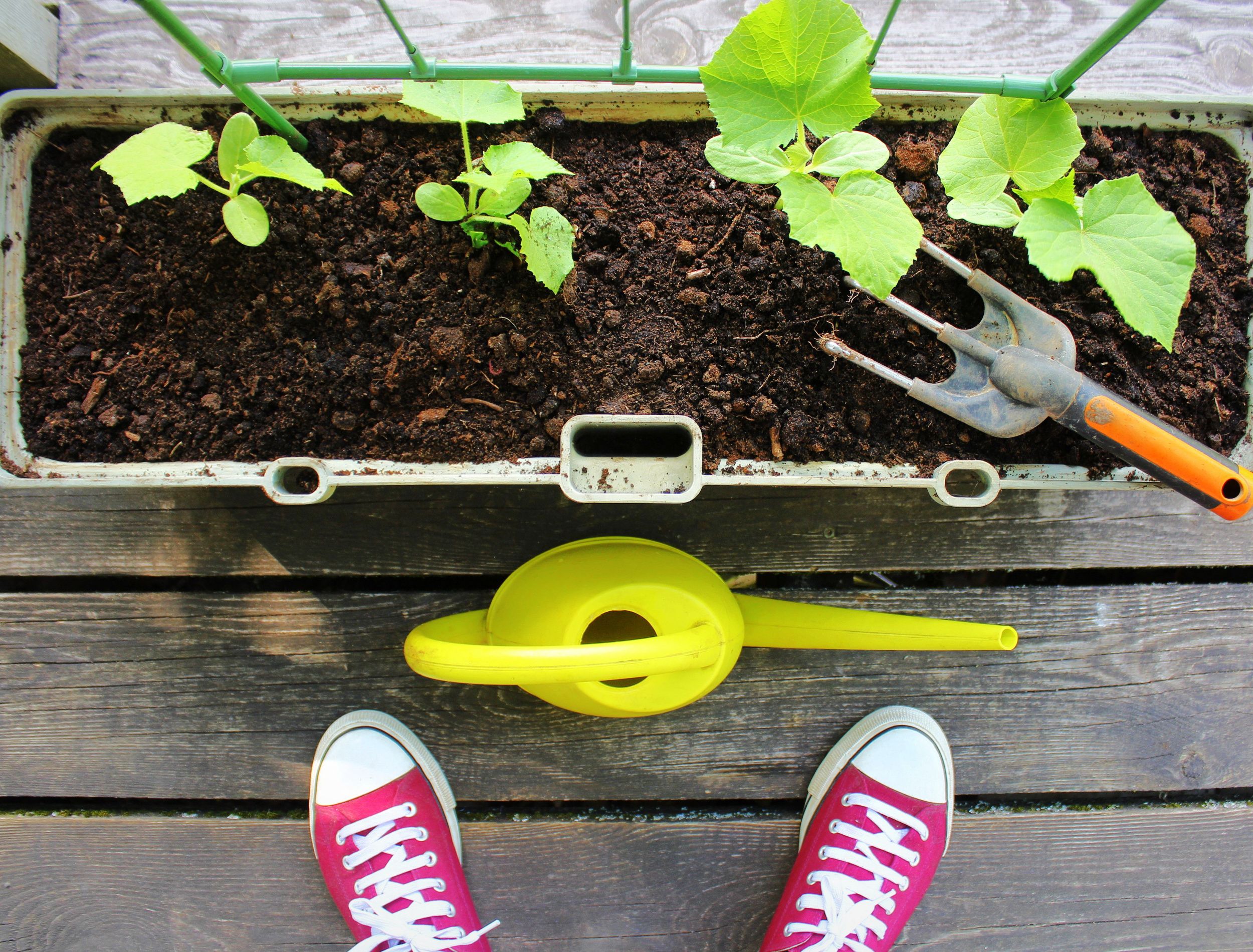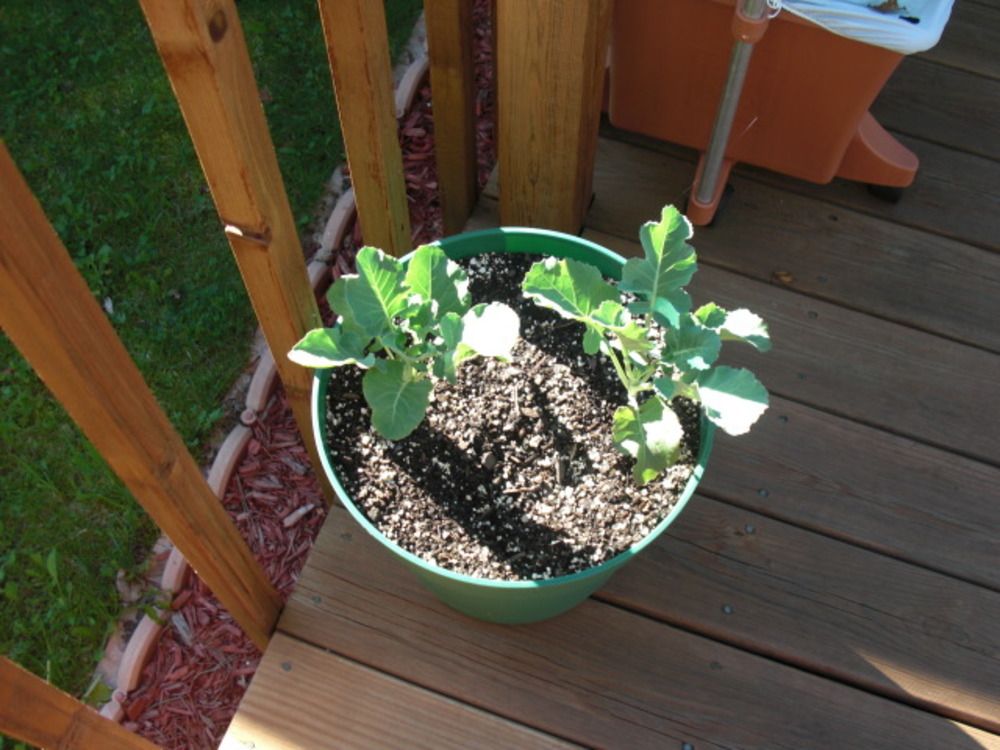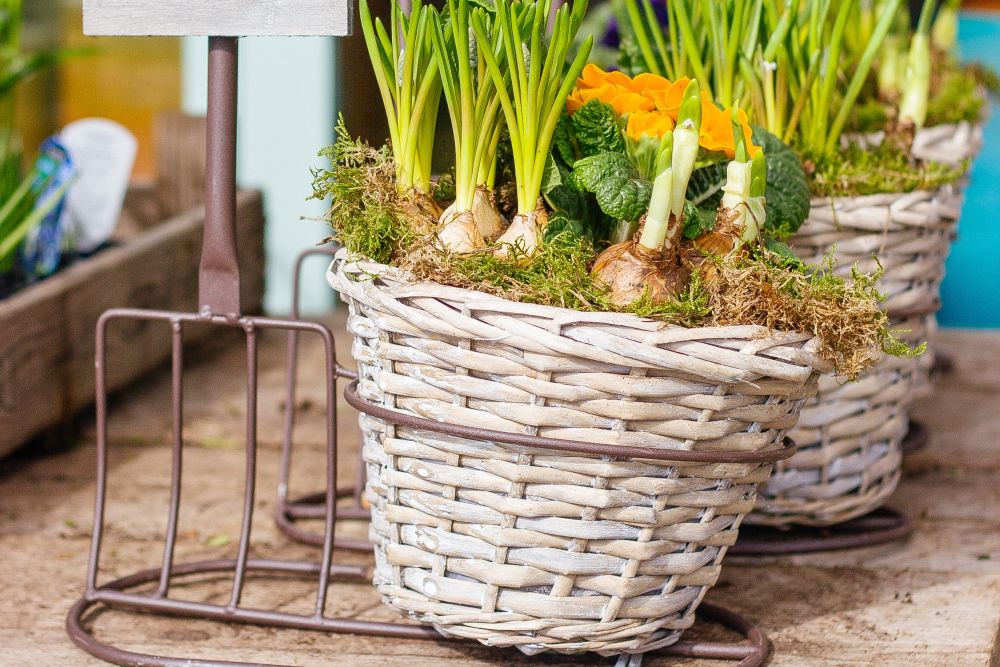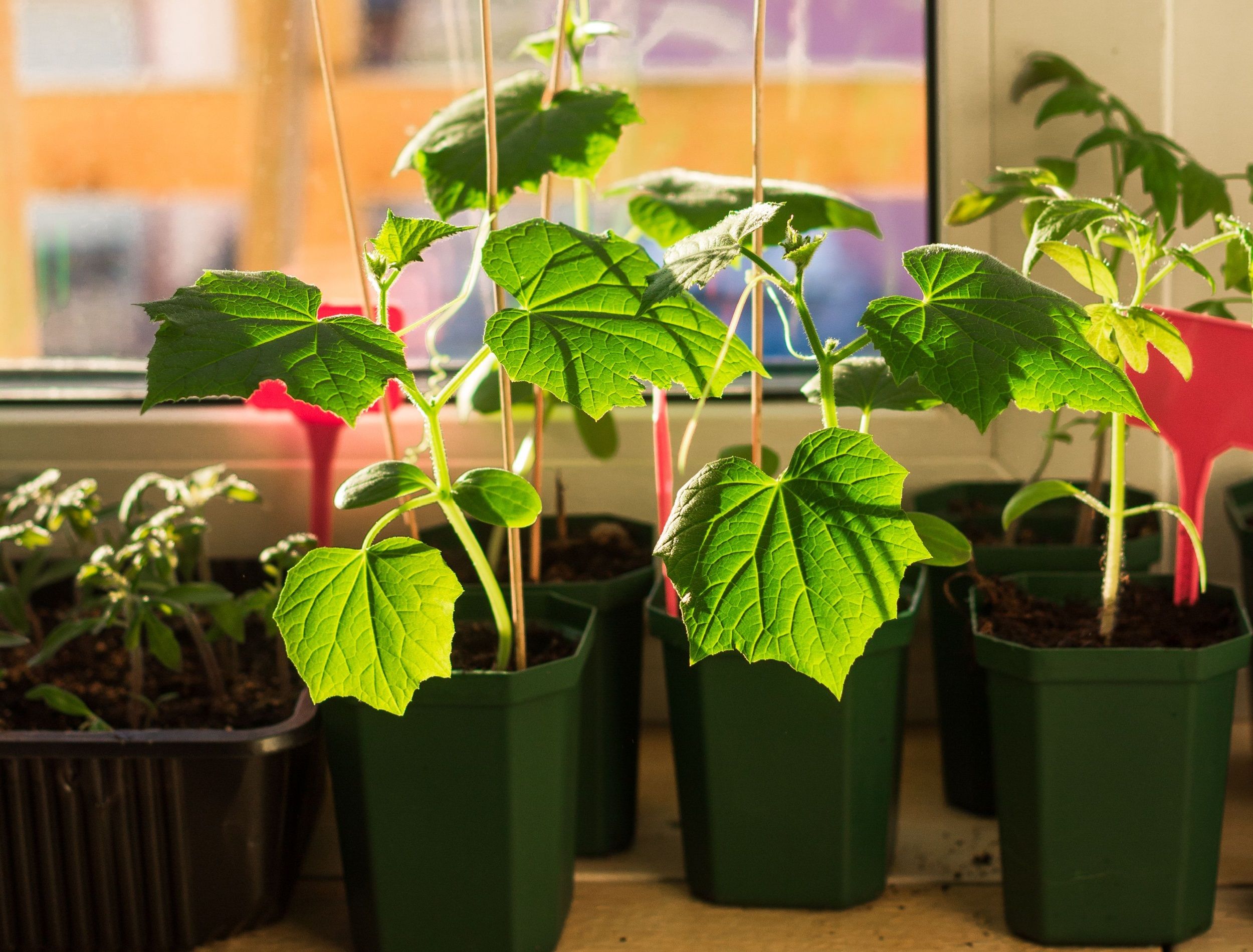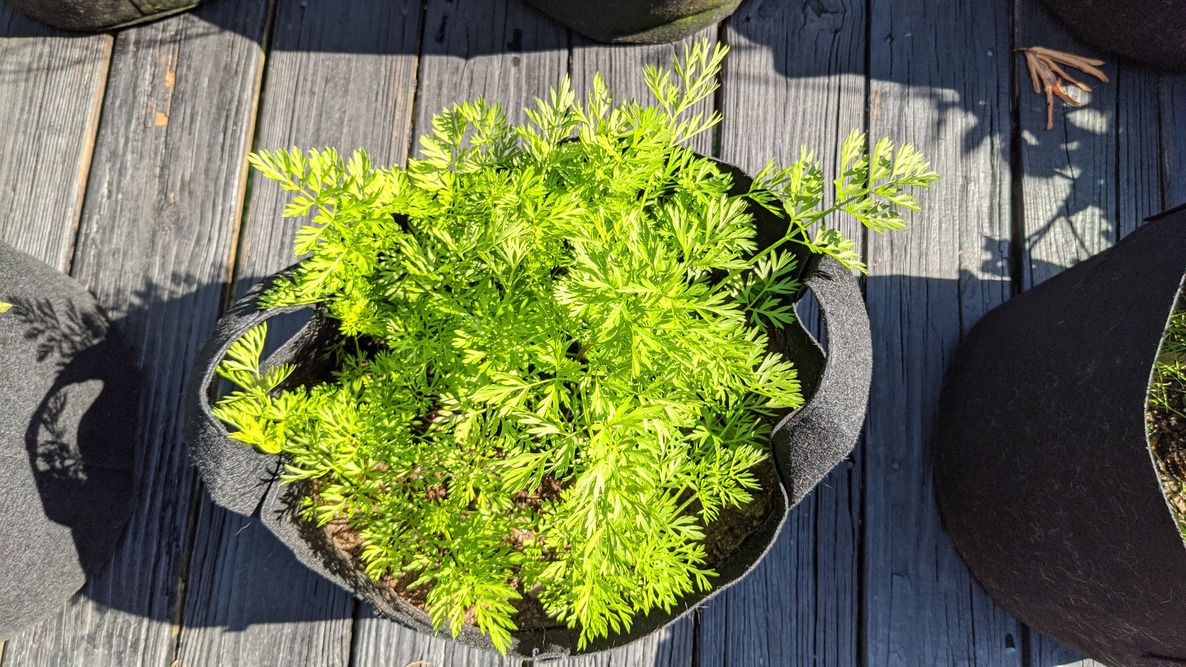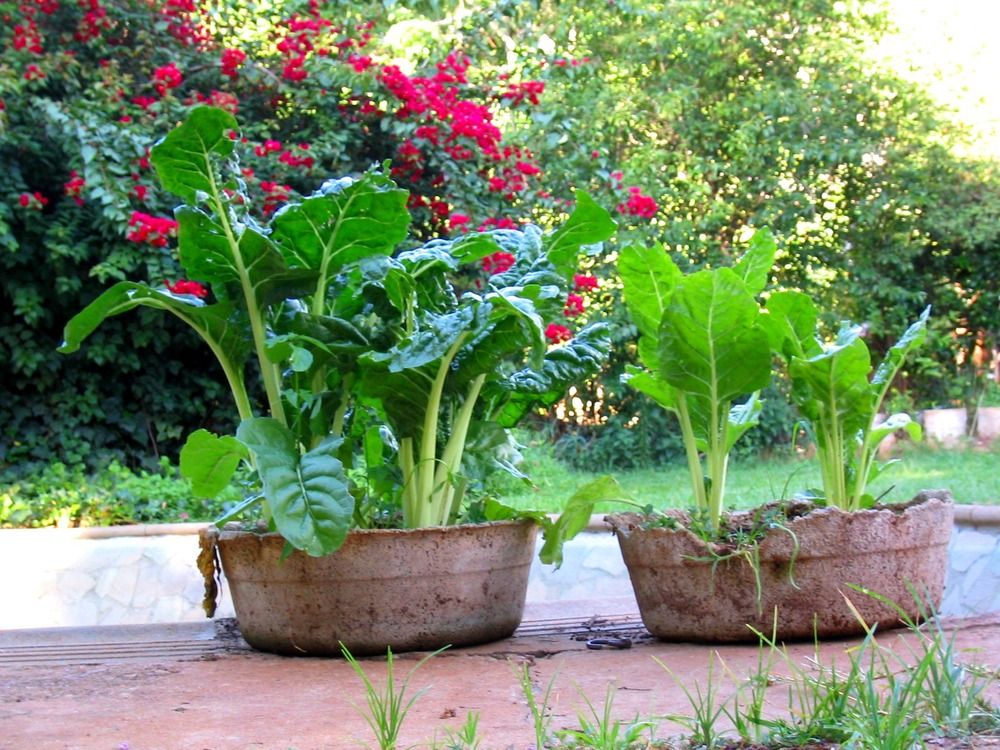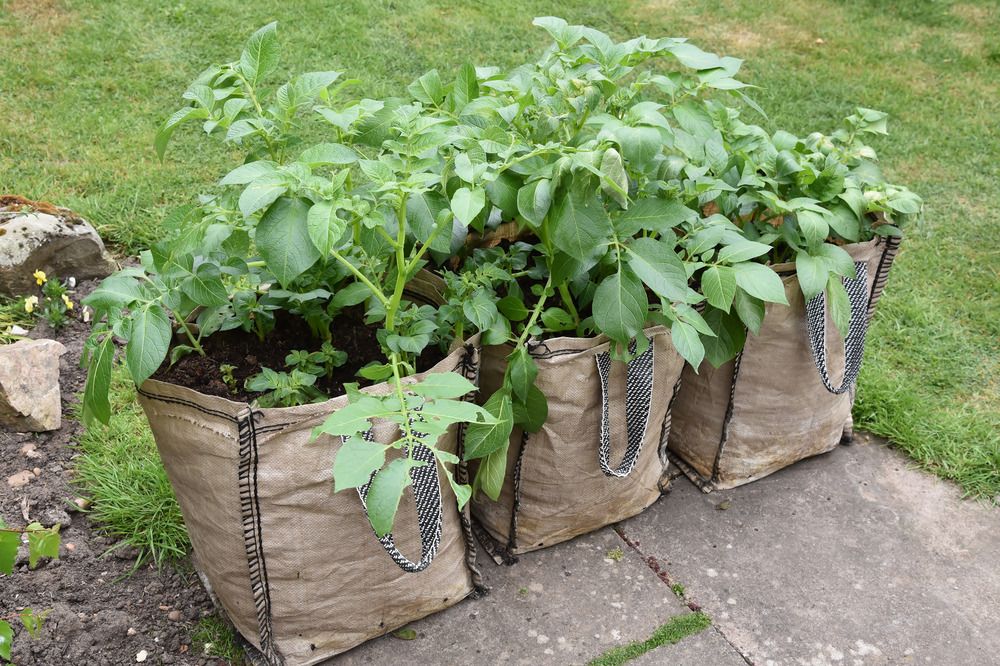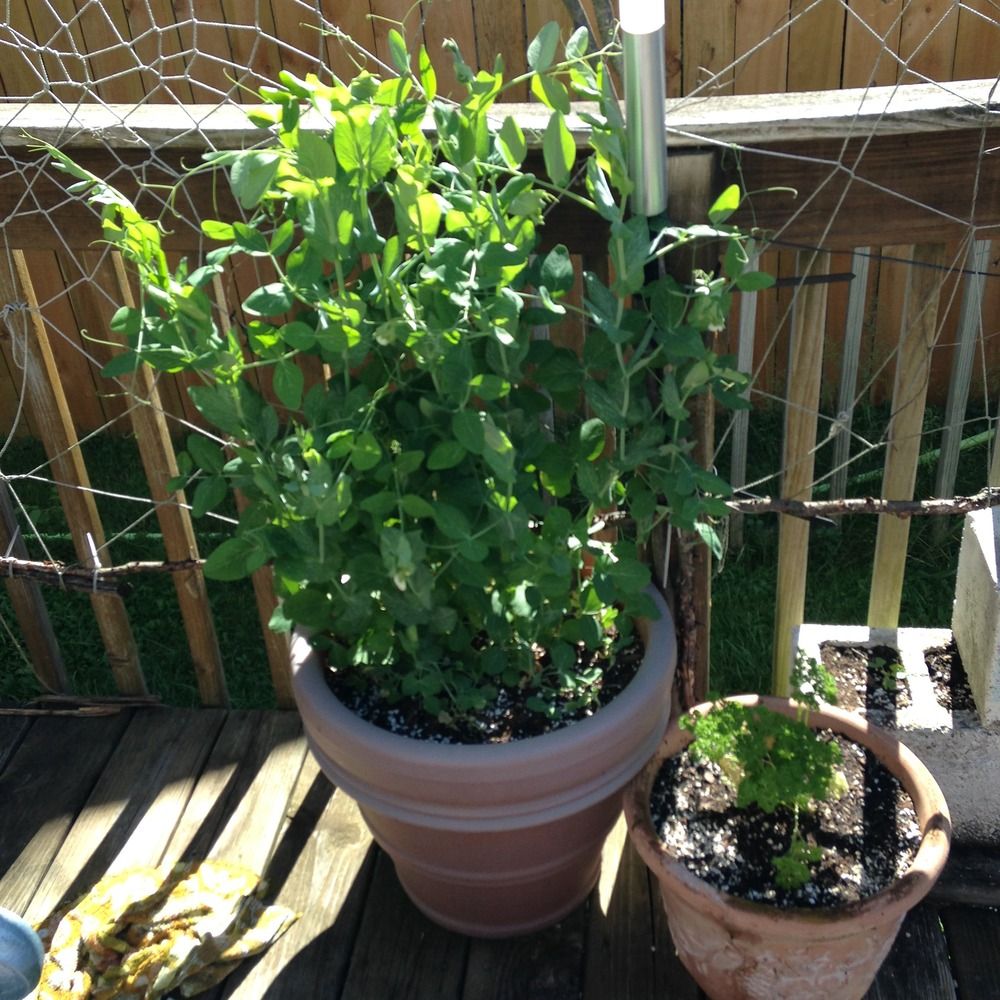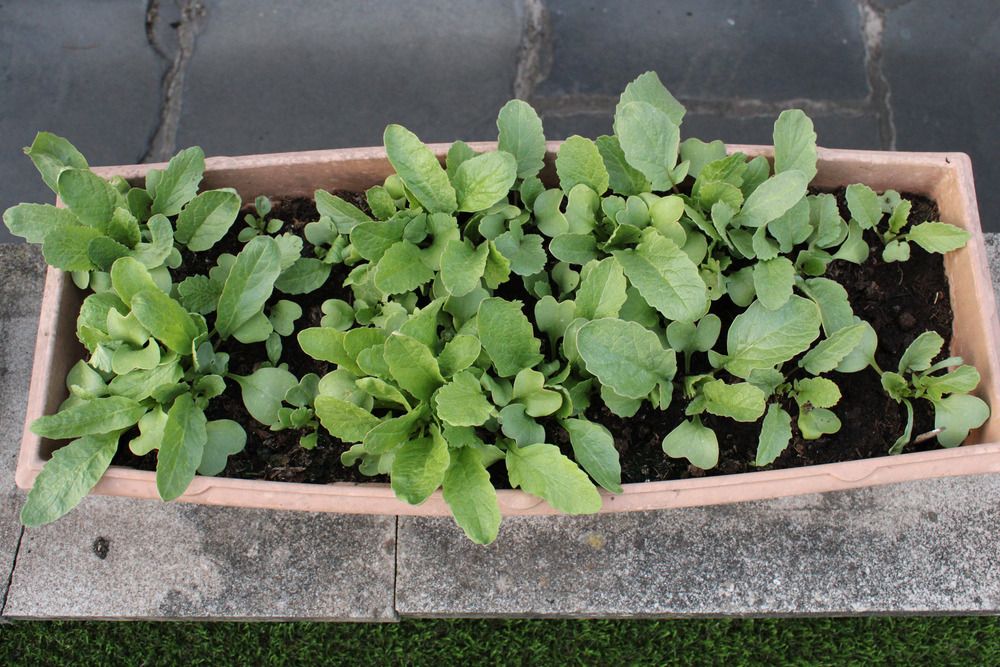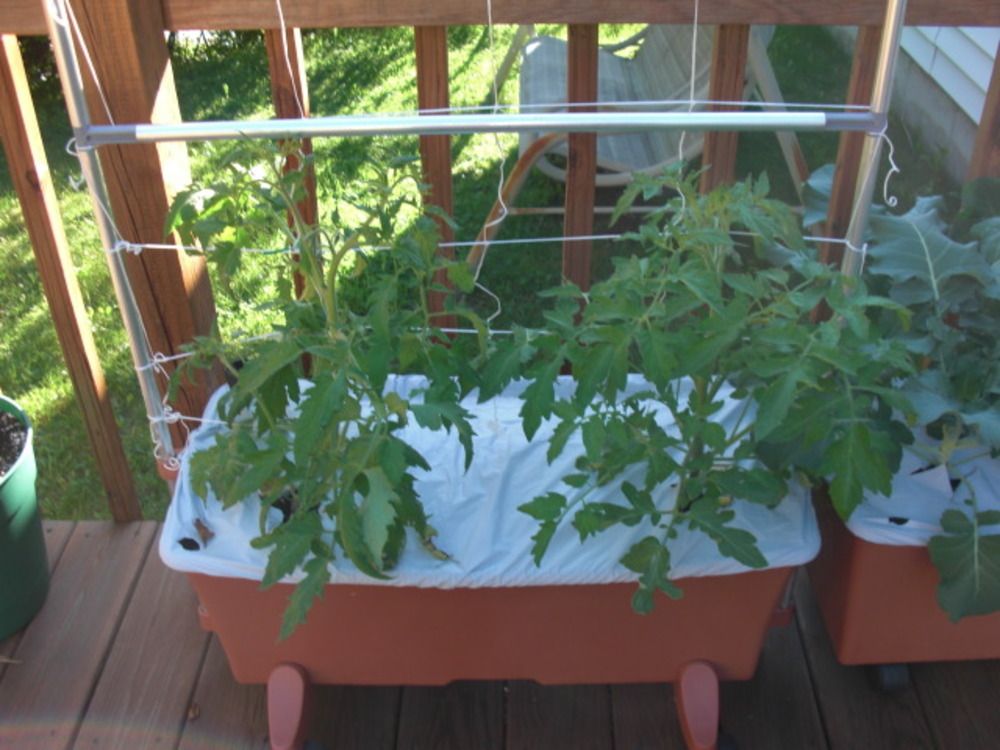Key Takeaways
- Lack of gardening space shouldn't stop you from growing your favorite vegetables at home. Many vegetables can adapt to containers and still produce a good yield.
- Proper environment is key for container gardening success. Consider the temperature, soil, water, and light requirements of different vegetables before choosing the right container.
- Broccoli, onions, cucumbers, carrots, spinach, potatoes, peas, radishes, and tomatoes are some of the best vegetables to grow in containers. Follow the guidelines provided for each vegetable to ensure successful growth.
Lack of gardening space should not stop you from growing your favorite vegetables at home. Several vegetables can adapt to the limited space of a container and produce a good yield. You need to provide the right environment for their growth, depending on their temperature, soil, water, and light requirements, and choose the right container.
Discover the nine best vegetables to grow in containers so you can enjoy those veggies!
1 Broccoli
A nutritious, cruciferous vegetable
A vegetable favored by health enthusiasts, broccoli comes in different colors, including green and purple. You can grow broccoli in a container using seeds or transplants. When grown from seeds, it will take about three to five months to mature; from transplants, it matures in about two to three months.
|
Guidelines for Growing Broccoli in Containers |
|
|---|---|
|
Container Depth |
11 to 18 inches |
|
Container Volume |
5 gallons per plant |
|
Light |
Six hours for established plants and 14 to 16 hours daily for seedlings |
|
Soil |
Rich in organic matter and well-draining |
|
pH |
6.0 to 7.0 |
|
Water |
1 to 2 inches per week |
|
Varieties |
'Early Green,' 'Calabrese,' 'Waltham' |
2 Onions (Bulbing)
Versatile culinary staples
Onions are another common vegetable found in the kitchen, and growing them at home in containers can be extremely beneficial.
There are three types of onions to consider:
- Short-Day Bulb Onions: Grow well in warmer zones (7 and above) and require 10 to 12 hours of sunlight.
- Long-Day Bulb Onions: Require 14 to 16 hours of sunlight and grow well in colder zones (up to 6).
- Day-Neutral Bulb Onions: These onions are adaptable to many areas and need 12 to 14 hours of sunlight.
Usually, you plant onions in the spring, when the soil temperature is around 60 degrees Fahrenheit. You'll be able to harvest in roughly three to four months. If you live in a southern climate, you can plant them in the fall for an early spring harvest, called overwintering.
|
Guidelines for Growing Onions in Containers |
|
|---|---|
|
Container Depth |
11 to 18 inches |
|
Container Volume |
2 gallons per plant |
|
Light |
10 to 16 hours a day, based on the onion type |
|
Soil |
Well-draining and rich in organic matter |
|
pH |
7.0 |
|
Water |
1 to 2 inches per week |
|
Varieties |
'Granex' |
3 Cucumbers
Refreshing, crunchy garden favorite
Want to eat home-grown pickled cucumbers? Well, you're in luck! Both bush and vine cucumbers can grow in containers. Cucumbers need warm temperatures between 70 and 80 degrees Fahrenheit. Growing them inside in indirect, bright sunlight until seedlings form is better.
Once you start the seedlings indoors, wait three to four weeks after the last frost date in your area to move them outside. Then, place your container outside in a spot with six to eight hours of direct sunlight daily. Your cucumbers will be ready to harvest in 50 to 70 days.
|
Guidelines for Growing Cucumbers in Containers |
|
|---|---|
|
Container Depth |
11 to 18 inches |
|
Container Volume |
5 gallons per plant |
|
Light |
Six to eight hours daily |
|
Soil |
Half vegetable-specific potting mix and half compost |
|
pH |
6.0 to 6.5 |
|
Water |
1 inch per week |
|
Varieties |
'Space Master,' 'Straight Eight,' 'Boston Pickling' |
4 Carrots
Crunchy, nutritious root favorite
Carrot salad, carrot cake, carrot soup, ah! So many recipes can be made from carrots, and now you can grow this delicious vegetable in containers at home.
Carrots require full sun and grow well in zones 4 to 10, and you can add several carrot plants per container, as they don't spread out. You should be ready to harvest your carrots around 65 to 75 days after planting.
|
Guidelines for Growing Carrots in Containers |
|
|---|---|
|
Container Depth |
11 to 18 inches |
|
Container Volume |
5 gallons per 12 plants |
|
Light |
Six hours daily |
|
Soil |
Loose, well-draining, and rock-free |
|
pH |
6.0 to 6.8 |
|
Water |
1 inch per week |
|
Varieties |
'Tiny Sweet,' 'Danvers,' 'Nantes' |
5 Spinach
Leafy, iron-rich greens
Grow this nutrient-packed vegetable in containers at your home and eat healthily on a budget. Spinach grows well at cool temperatures between 50 and 60 degrees Fahrenheit. However, young seedlings can easily tolerate temperatures between 15 and 20 degrees Fahrenheit.
This container vegetable needs direct sunlight to thrive. Provide shade in the afternoon to keep the soil cool and get a healthy crop, but do not water from the top. Spinach generally takes two months to harvest.
|
Guidelines for Growing Spinach in Containers |
|
|---|---|
|
Container Depth |
4 to 6 inches |
|
Container Volume |
2 gallons per three plants |
|
Light |
Three to four hours daily |
|
Soil |
Moist, rich, well-draining |
|
pH |
6.5 to 7.5 |
|
Water |
1 to 2 inches per week |
|
Varieties |
'Melody,' 'Tyee,' 'Space' |
6 Potatoes
Versatile, hearty underground staple
Do you have a 5-gallon bucket, garbage can, or burlap bag in your home? Good news! You can use any of them to grow nutritious potatoes in your backyard or patio.
Direct sunlight and a temperature around 60 degrees Fahrenheit are appropriate for growing potatoes. But you may plant the seed potatoes when the temperature reaches 40 degrees Fahrenheit. Using seed potatoes or tubers rather than true seeds is better as the latter produces a smaller yield.
It's a good idea to use mulch to retain the soil moisture and help keep the potatoes cool as they grow. Add a 2 to 4-inch layer of straw or compost to the top of the container. Lastly, potatoes can take up to 120 days to harvest, depending on the variety you choose.
|
Guidelines for Growing Potatoes in Containers |
|
|---|---|
|
Container Depth |
11 to 18 inches |
|
Container Volume |
5 gallons per three plants |
|
Light |
Six hours daily |
|
Soil |
Well-draining and slightly acidic |
|
pH |
4.8 to 5.5 |
|
Water |
1 inch weekly |
|
Varieties |
'Yukon Gold,' 'Red Pontiac,' 'Gold Rush' |
7 Peas
Sweet, plump garden gems
If you plant peas, you can start the first crop in the spring when the weather warms and plant a second crop in the autumn months. This is an excellent crop for succession planting (staggering your crops) because it increases the nitrogen content in the soil. The three main types of peas include:
- English Peas: Grow well in cooler areas (zones 3 to 7) and need six to eight hours of sun daily.
- Snow Peas: Plant these peas in zones 2 to 9 in full sun to partial shade.
- Sugar Snap Peas: These peas need full sun to produce the highest yield and thrive in zones 3 to 9.
Full sun will encourage the highest yield; depending on the variety, you'll have to provide support (like a trellis or bamboo pole). Ideally, you'll choose bushy, compact types, so support isn't an issue.
|
Guidelines for Growing Peas in Containers |
|
|---|---|
|
Container Depth |
12 inches |
|
Container Volume |
5 gallons for two to three plants |
|
Light |
Six to eight hours per day |
|
Soil |
Rich with good drainage |
|
pH |
6.0 to 7.0 |
|
Water |
1 to 2 inches per week |
|
Varieties |
'Tom Thumb,' 'Little Marvel' |
8 Radishes
Spicy, crunchy, and fast-growing
Radishes are a fast-growing crop that can grow from seed and be ready to harvest within a month when grown in zones 2 to 10. They're also lovely for smaller containers because they don't spread out.
However, they'll bolt (prematurely go to seed) if temperatures consistently exceed 65 degrees Fahrenheit. To prevent this, move them to a shaded spot in the hottest parts of the day or add 1 to 2 inches of straw or shredded leaf mulch to the top of the container. Both radish pods and greens are edible.
|
Guidelines for Growing Radishes in Containers |
|
|---|---|
|
Container Depth |
4 to 6 inches |
|
Container Volume |
2 to 5 gallons for 10 to 12 plants |
|
Light |
Four to six hours per day |
|
Soil |
Rich and well-draining |
|
pH |
6.0 to 7.0 |
|
Water |
1 inch per week |
|
Varieties |
'Cherry Belle,' 'Easter Egg' |
9 Tomatoes
Juicy, vibrant summer delight
Most tomatoes do best in large containers, and you should put a cage right into the container or stake the plants to support them as they grow. The key to successfully growing them in containers is to get a deep enough pot, especially if you're growing larger varieties like beefsteak.
Tomatoes need direct sunlight to thrive and produce the highest yields. You can fertilize them with a well-balanced, tomato-specific fertilizer every two weeks during the active growing season.
|
Guidelines for Growing Tomatoes in Containers |
|
|---|---|
|
Container Depth |
18 to 24 inches |
|
Container Volume |
5 to 10 gallons per plant |
|
Light |
Six to eight hours daily |
|
Soil |
High-quality potting mix that drains well |
|
pH |
6.0 to 6.8 |
|
Water |
1 to 2 inches of water per week |
|
Varieties |
'Tumbling Tom,' 'Balcony,' 'Patio Princess' |
Tomato stems, the unripe fruit, and the leaves are all toxic to pets if ingested, so keep your pets away.
Build Your Container Garden
Growing vegetables in a container is a space-saving option that helps you grow nutrition-packed vegetables at home. Most container vegetables discussed require at least six hours of sunlight and well-draining soil. The temperature conditions can be a deciding factor about which vegetables you should grow at home.
Have you grown any vegetables in a container? Share your secret tips in the comments below.

